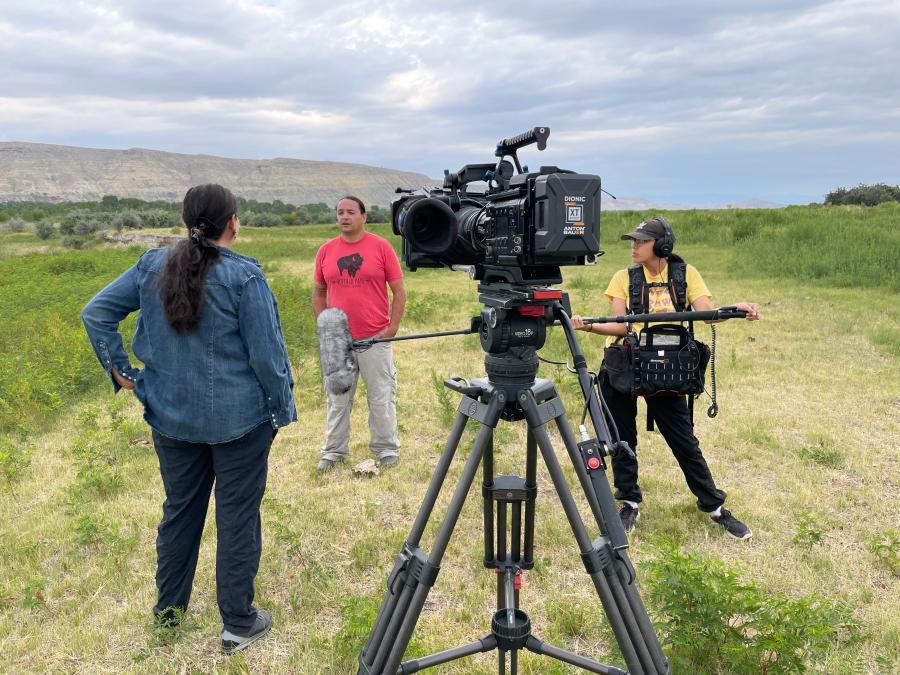The State of the Native Nations: Conditions Under U.S. Policies of Self-Determination
By the Harvard Project on American Indian Economic Development
Oxford University Press, 2008
ISBN 0195301250
Reviewed by Ellen L. Lutz
When the National Museum of the American Indian opened in Washington, D.C., on September 21, 2004, some 20,000 Native Americans from the Arctic to Patagonia marched on Washington. But this time the procession was a celebration, not a protest. The museum marked a turning point in their experience of decimation, assimilation, marginalization, and deprivation. It also marked an incipient recognition of today’s Native American experience. Stereotypes and Hollywood caricatures were absent. In their place were rich portrayals of varied indigenous identities, courageous expressions of self-determination, and demonstrations of why native peoples have reason to expect a brighter future.
It is no accident that the Harvard Project on American Indian Economic Development concluded its new assessment, The State of the Native Nations, with reference to the National Museum of the American Indian’s opening. As they put it, the “appropriate metaphor for today’s conditions in Native America is the proverbial half-full, half-empty glass—but a glass that is, at last, filling.” All the problems are still there, but as native nations take more control over their lives, they are finding solutions to those problems that make the most of their traditions and the opportunities provided by an improved economic and political climate. They have learned that by strengthening their native identities and exercising their sovereign self-determination they can reduce poverty and unemployment; improve education, governing capacity, and household and community infrastructure; and begin to reverse epidemic levels of alcoholism, drug abuse, diabetes, and other health problems that are linked to cultural stress.
In preparation for this book, the Harvard Project on American Indian Economic Development undertook the most comprehensive survey of Native American issues in decades.
The first section focuses on tribal governance, comparing America’s tribes to developing countries in the kinds of problems they face and the successful approaches to those problems that they are adopting.
The book’s second section addresses native assets and economy, including lands and resources, the environment, and economic development. Here history continues to keep tribes from claiming or even buying back their stolen lands. Tribal management of natural resources often causes conflict between traditionalists and those preoccupied with reducing tribal poverty and unemployment. The tensions are made even worse by the fact that the federal government retains control over development approval and royalty agreements. Moreover, the federal trust arrangement often makes it easier for tribes to lease their land to outsiders than to use it themselves, because most creditors do not accept trust land as collateral for credit. Water rights are another huge problem, particularly in the arid West, where water is a scarce commodity for which there is ever-higher demand.
The chapter on Indian gaming is a virtual primer on how gaming works, the circumstances under which it is helping tribes, the problems it produces, and its future. While about 40 percent of tribes now have gaming facilities, the total income they produce is only about one-tenth of the income produced by non-Indian casinos. Moreover, the 55 largest of the country’s 367 native-run casinos produce about 70 percent of all Indian gaming income. The wealthiest of all gaming tribes are among the very smallest, and the neediest tribes tend to be in the poorest position to capitalize on gaming as a means to turn their economies around. Moreover, the prevailing view across Indian Country is that because the federal government retains the right to revoke Indian gaming, they have to maximize the benefit now, since it may not be there in the future.
Other sections of the book address a wide range of social development issues, including education, health, family support, housing, and public safety. There is also a section on culture, including indigenous languages, cosmologies, cultural artifacts, the arts, and the media, and another section on the special problems of Native Alaskans, Native Hawaiians, and urban Indians.
Interspersed throughout the text are testimonials by indigenous leaders that underscore the idea that Native America’s self-esteem is rising, its sovereignty is gaining strength, its capacity to exercise its self-determination is improving, and the prospects for the next generation are better than at any previous time in the past 500 years. While one gets the impression that these commentators were selected to reinforce the wishful thinking of the authors, it is a hopeful sign that they are today’s tribal and national indigenous leaders. Thus, even if the authors are overly optimistic, the power of positive thinking by Native American leaders may, by itself, be enough to ensure a brighter future for Native America.



